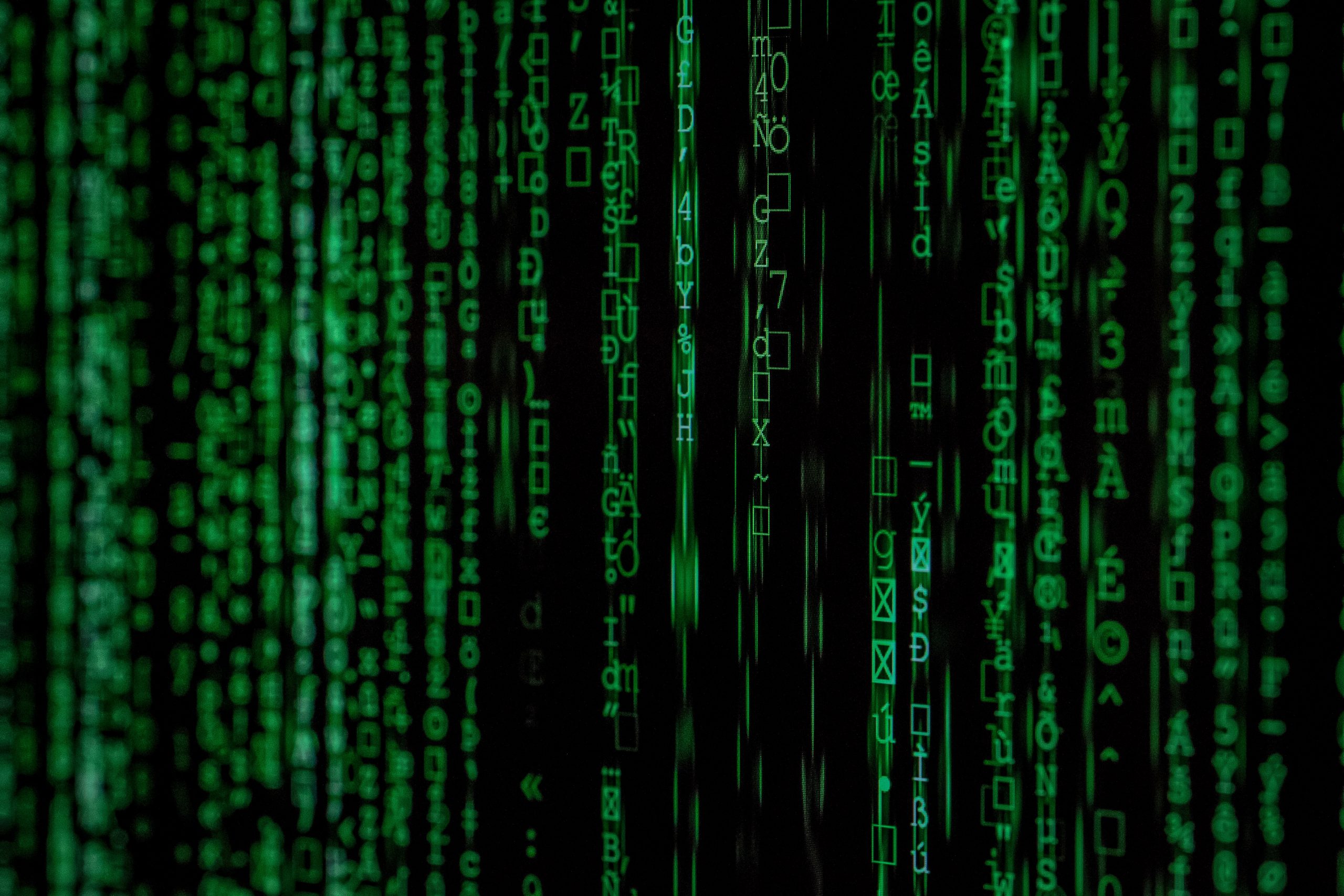
Creating an AI Testbed for Government
Summary
The United States should establish a testbed for government-procured artificial intelligence (AI) models used to provide services to U.S. citizens. At present, the United States lacks a uniform method or infrastructure to ensure that AI systems are secure and robust. Creating a standardized testing and evaluation scheme for every type of model and all its use cases is an extremely challenging goal. Consequently, unanticipated ill effects of AI models deployed in real-world applications have proliferated, from radicalization on social media platforms to discrimination in the criminal justice system. Increased interest in integrating emerging technologies into U.S. government processes raises additional concerns about the robustness and security of AI systems.
Establishing a designated federal AI testbed is an important part of alleviating these concerns. Such a testbed will help AI researchers and developers better understand how to construct testing methods and ultimately build safer, more reliable AI models. Without this capacity, U.S. agencies risk perpetuating existing structural inequities as well as creating new government systems based on insecure AI systems — both outcomes that could harm millions of Americans while undermining the missions that federal agencies are entrusted to pursue.
When the U.S. government funds the establishment of a platform for testing hundreds of behavioral interventions on a large diverse population, we will start to better understand the interventions that will have an efficient and lasting impact on health behavior.
Integrating AI tools into healthcare has an immense amount of potential to improve patient outcomes, streamline clinical workflows, and reduce errors and bias.
Whole Health is a proven, evidence-based framework that integrates medical care, behavioral health, public health, and community support so that people can live healthier, longer, and more meaningful lives.
Innovation Ecosystem Job Board connects scientists, engineers, technologists, and skilled federal workers and contractors who have recently departed government service with the emerging innovation ecosystems across America.